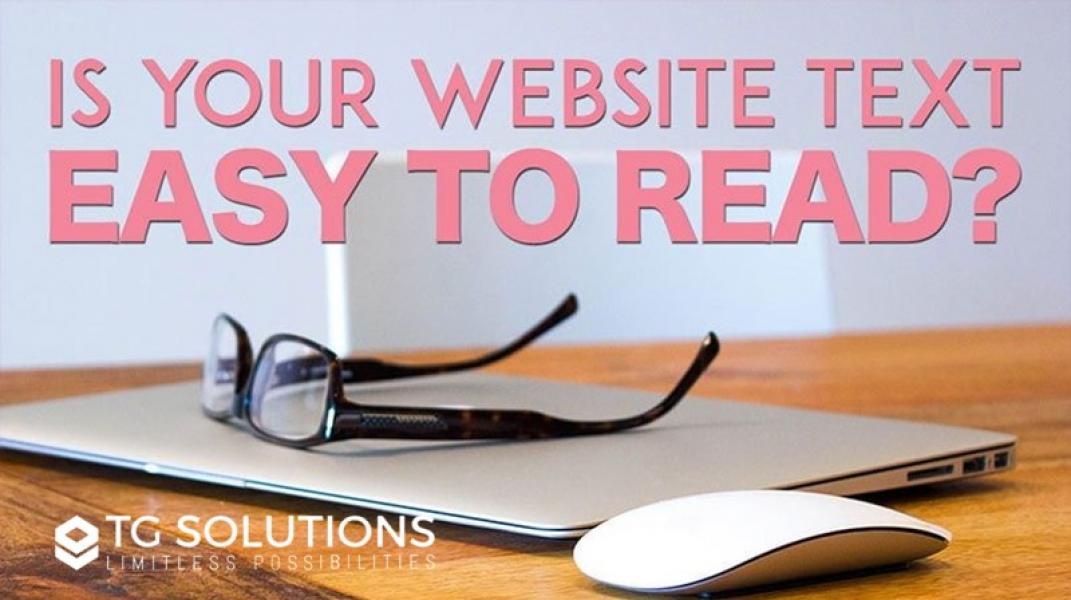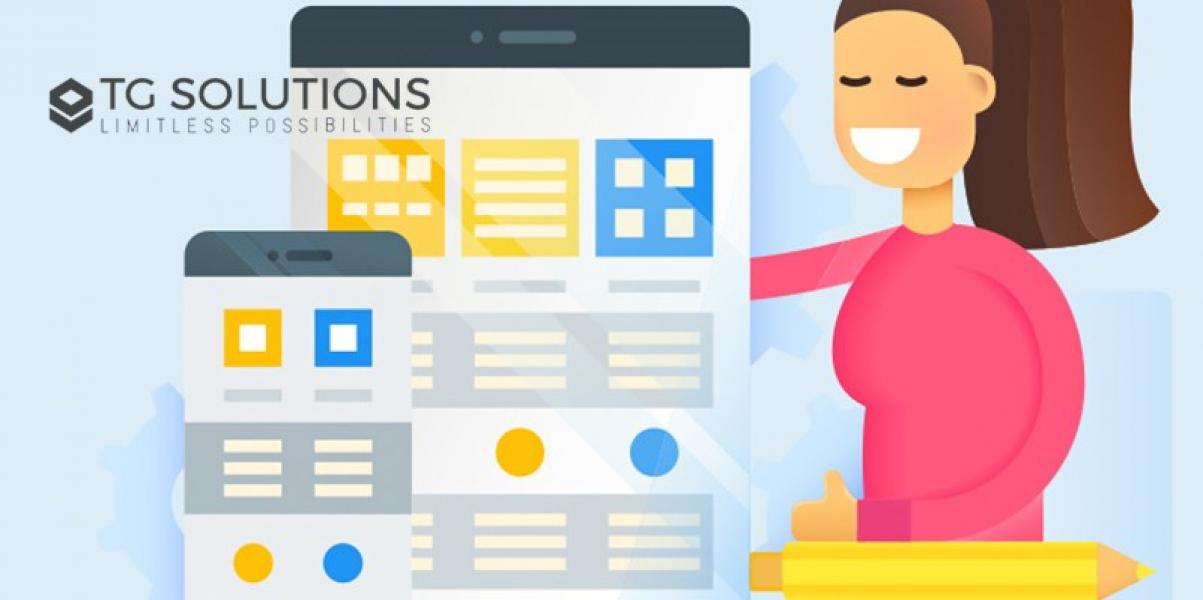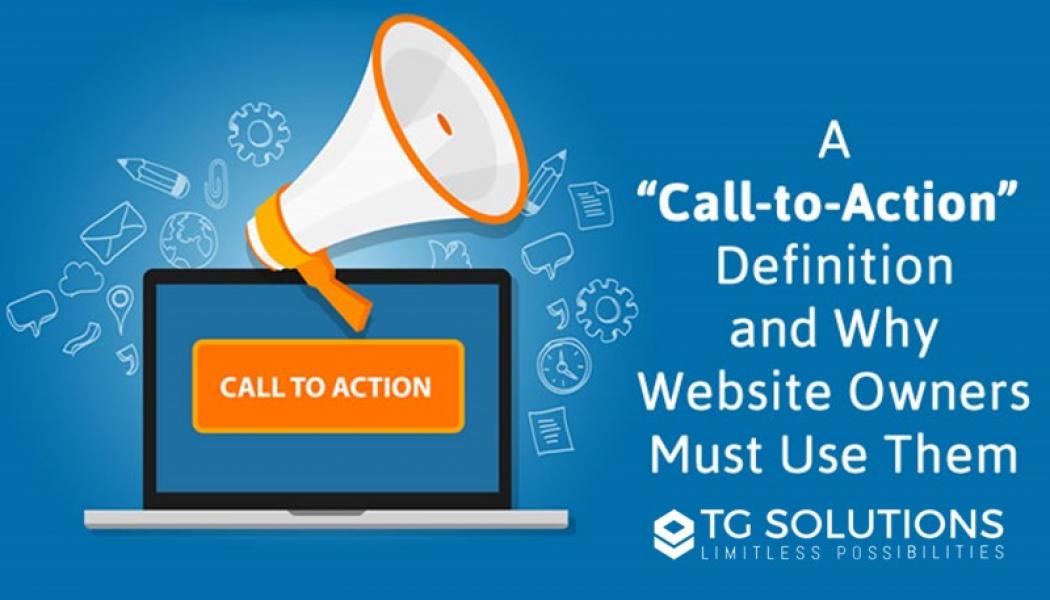It seems obvious that one-page websites would be much easier to build than multi-page ones. In truth, it can often be much harder to make a one-pager user-friendly and at the same time visually appealing.
It’s not usual for a single pager to take 10 times longer to design than to design several pages for a multi-page site. The challenge is that it takes a whole lot of planning to stuff everything you want to say on a single page.
You can make a page as long as you want of course, but most visitors will start calling it quits after the third scroll.
This guide for building a single pager is centered around 5 critical elements. Not exactly like the 5 foundational elements of nature: fire, earth, water, air, and spirit. But suggestively close.
And, you want to get them right.

There’s no sense starting your design until you understand what your website aims to achieve. Based on that objective, you will be able to plan its structure.
A one-page website needs to drive the user journey toward a single goal; which could be:
You should look for features that might cause visitors to make a quick exit. This can happen even before they respond to a call to action.

Fill a one-page website with text above the fold and few users will bother to scroll down the page. Instead, you need to keep the amount of text to a bare minimum by focusing on bold headlines. You can have short paragraphs, and bullet lists.
Avoid blocks of text – anywhere on the page. Separate text into sections and integrate them into visuals. You can do anything else that makes it entertaining and easy to comprehend.

People tend to read a text in an F pattern and look at visuals in a Z pattern. Thus, it’s necessary to place text and imagery correctly so as to maintain a flow.
This is an area where a generous use of white space is helpful to separate sections. You can make the text easy to read and keep people engaged. Just don’t overdo it.

Few things irritate visitors more than navigation and scrolling issues. You have to be careful with long-form one-pagers. You need to design your website’s navigation in a way that will keep visitors wanting to discover more.
Using either a horizontal stick menu or a sidebar menu is a good approach. It makes it easier for people to jump to sections or areas of interest with a single click. This is opposed to the sometimes tiring analog approach – mouse scrolling.
Auto-scrolling navigation links work well too. A visitor can enjoy watching a page scroll “on command” instead of jumping from section to section.

A CTA button typically leads to a website’s goal, so don’t be afraid to use one to induce people to take action. That’s the beauty of a one-page website. It typically directs people toward a single goal.
You’ll usually want the CTA button above the fold, e.g. if you’re presenting a portfolio. But for services or products, you might need several.